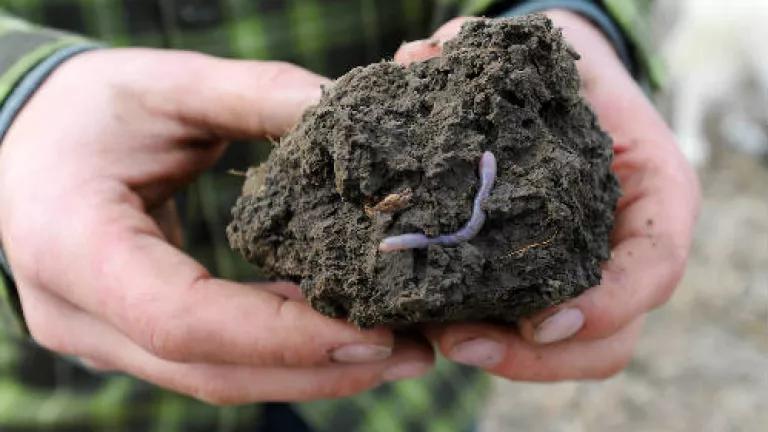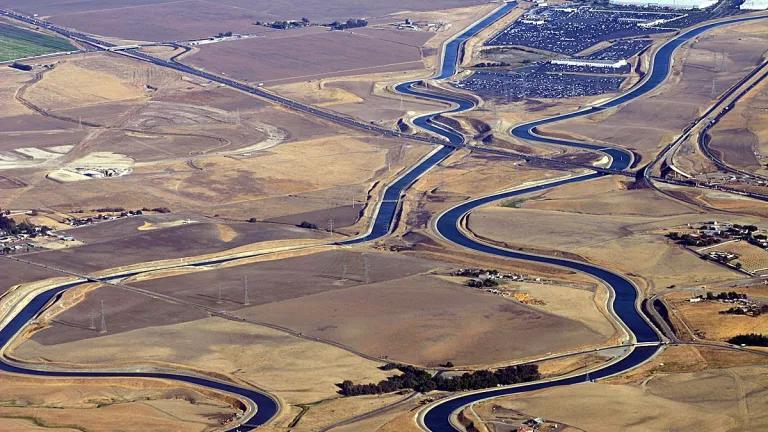This morning's release of "A Roadmap to Reduce U.S. Food Waste by 20 Percent" marks a turning point in our collective quest to address food waste in the United States. The research was led by the ReFED initiative (a.k.a. "Rethink Food Waste Through Economics and Data") and Deloitte, and provides a strategic roadmap for food waste reduction efforts by the food retail sector, restaurants, foodservice and other segments of the food industry.
While we all recognize that actions like food waste prevention and composting are critical, today's report quantifies and prioritizes key strategies and details the types and scale of private and public investments needed to make them a reality over the coming decade.
In addition to food waste prevention and recycling, the ReFED research charts the way for taking the donation of surplus food to a whole new level. They found that:
- About 52 million tons of food are wasted each year by consumer-facing businesses and consumers. Of that, less than 10% is recovered for human consumption or recycled. The good news in that rather abysmal figure is that there is tremendous potential to prevent food waste in the first place, while also ensuring that available surpluses are deployed more effectively to reduce hunger in the United States.
- While much attention is paid to food waste that ends up in landfills, ReFED points out that up to 10 million tons of fruits and vegetables never leave the farm or make it past the packing shed each year. They estimate that less than 5% of these farm-level losses are being recovered today. Most of what is recovered is taking place through nascent farm-to-food-bank programs that have emerged over the last 5-10 years. Expanding these programs is key for getting more of what's already being grown into people's mouths.
- Food recovery networks currently receive and distribute nearly 1.7 million tons of food annually. The ReFED research projects that an additional 1.1 million tons per year could be cost-effectively recovered in the decade ahead. That means 1.8 billion meals annually at a time when one in seven Americans is food insecure.
- This ramped up level of recovery is projected to generate $2.4 billion of economic value and 4,000 jobs each year.
- The annual reduction in greenhouse gas emissions from expanding recovery efforts to this level is estimated at 3.4 million tons of CO2 equivalents.
Among the most powerful levers for achieving this change are education for food businesses about liability protection and food safety issues, supportive governmental policies (such as tax incentives and a more consistent and streamlined regulatory framework at local and state levels to govern food donation) and investments in food transportation, handling capacity and cold storage within the food recovery system.
NRDC helped guide the ReFED research and we are thrilled to see this roadmap for strategic action hit the web today. Please check it out to learn more about how the food industry came step up their game for food waste prevention, recovery and recycling.


